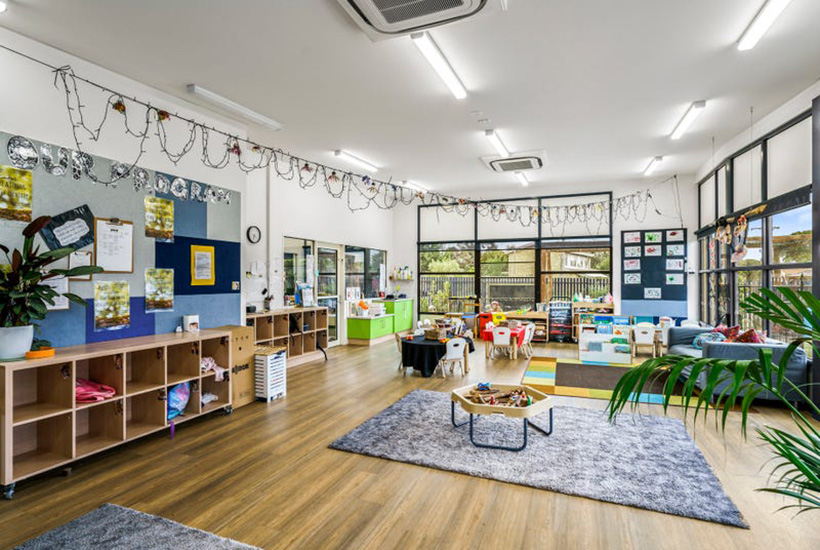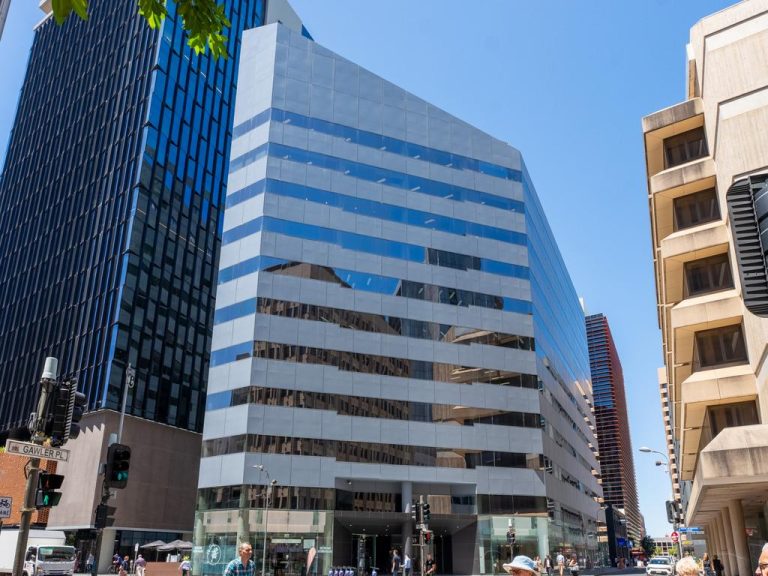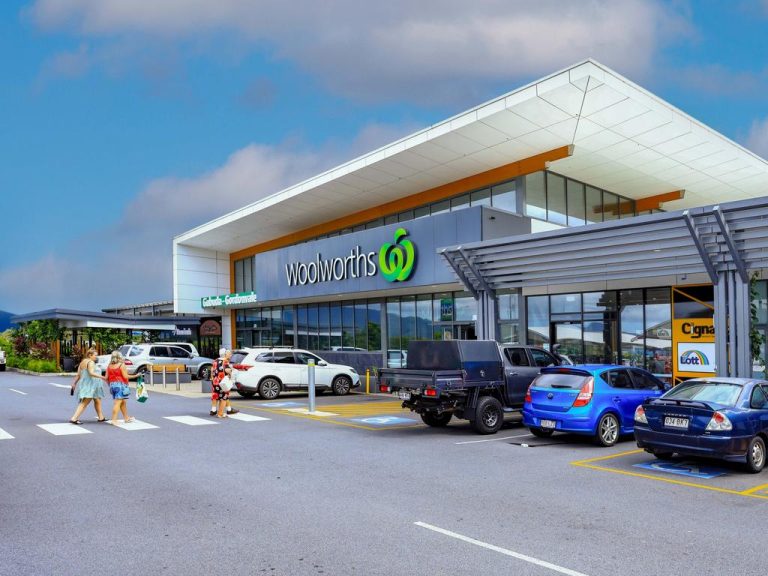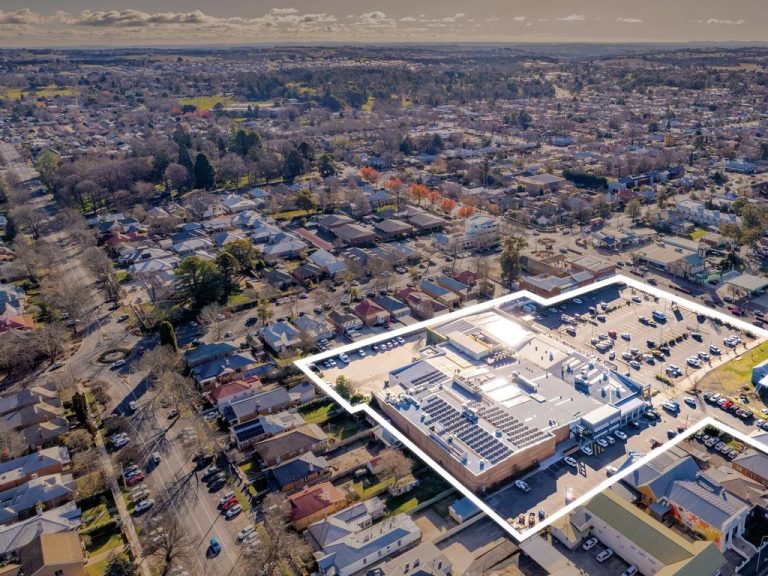Testing times as childcare, early learning sector faces COVID challenge

The early learning and childcare sector is under unprecedented pressure as COVID slashes staffing levels and businesses race to improve ventilation to keep workers and children safe, an industry leader says.
But REA Group economist Anne Flaherty questioned whether the disruption and financial strains would have a long-term effect on real estate investment in the high-performing market segment.
Early Learning Association Australia represents service providers and parents. Its chief executive officer, David Worland, said the Omicron variant is dramatically increasing exposure and infection rates among workers, with staff shortages of 25% or more at some centres.
This had forced centres to close rooms or entire services, Mr Worland said.
“Programs are being held outside wherever possible. We understand that some services are having difficulty sourcing air purifiers due to the high demand for these although leading suppliers such as Rentokil Initial still have some stock,” he said.
COVID-induced closures
Mr Worland said Australian Children’s Education and Care Quality Authority figures showed that on Friday, 21 January alone, 420 Australian early childhood centres closed because of COVID, including 209 in NSW and 72 in Victoria.
Many others were affected by room closures not reflected in those statistics, he said.
“This is likely to worsen in the coming weeks and months with children under five unable to get vaccinated for the foreseeable future, as well as the relaxation of close contact rules for the early childhood education and care sector nationally,” he said.
Inconsistent COVID policies between jurisdictions had made some parents reluctant to leave their kids in care.
“Attendances are now down by 50% or more in many settings, placing extreme financial pressure on early education and care service providers,” Mr Worland said.
Ventilation is crucial in childcare
Ventilation and air purification are critical to reducing COVID transmission, biomedical engineering expert emeritus professor Bruce Milthorpe of the University of Technology Sydney said.
“While precautionary measures – including vaccination, social distancing, mask-wearing, surface and hand hygiene – go some way in protecting teachers, students and their families, these are not enough,” Professor Milthorpe said.

Some precautionary methods such as hand hygiene and social distancing are difficult to maintain among younger children. Picture: realcommercial.com.au/for-sale
Prof Milthorpe, a former dean of science at UTS, said hand hygiene and social distancing were hard to maintain with younger children.
“At a minimum, childcare centres need to take advantage of the summer weather and conduct lessons outdoors, and where that isn’t possible always open doors and windows to increase natural airflow and ventilation,” he said.
“Where fresh air cannot be pumped into the room at a much higher rate via windows or air conditioning that draws its air from outside, then as a minimum, HEPA [high-efficiency particulate absorbing] filter air purifiers are required.”
How childcare centres are responding to the challenge
Mr Worland said many centres were keeping windows and doors open, replacing and upgrading windows, fitting ceiling fans and making better use of outdoor space with shade sails or shelters.
“Air purifiers are also an important tool in reducing infection and spread in areas of poor ventilation, however at present they are difficult to source,” he said.
Support for the early learning and childcare industry has varied greatly between states but Mr Worland singled out the Victorian government for its minimum funding guarantee for services, and grants to foster COVID-safe practices, improve ventilation and cover staff absences.
“It is a vastly different story nationally, where the federal government has been slower to respond to the increasing health, operational and financial challenges being faced by the early education and [child]care sector,” he said.
Mr Worland said the industry also needed mandatory vaccinations for all staff, access to free RATs and regular testing for staff and children, access to air purifiers, a financial support package for service providers and fee relief for parents.
COVID safe measures in VIC & NSW
The Victorian and NSW governments last week announced new COVID-safe measures for schools, childcare centres and early learning centres.
The states worked together to develop the package, which for the early childhood setting includes:
· twice-weekly surveillance RATs for all early childhood staff at least for the first four weeks of term one, with RATS circulated across the system, and
· mandatory third vaccinations for school, early education and childcare staff.
COVID unlikely to impact sector long-term
While she acknowledged the financial strain on early learning and childcare providers, REA Group economist Anne Flaherty said she did not believe the coronavirus would affect the booming investment market for properties in the sector.
She said investors would keep a longer-term view
“We know that childcare centres are near the top of the list for exposure sites but even if Omicron has an impact on childcare centres in the short term, the long term outlook for the childcare centre is extremely strong,” she said.
“So there isn’t much to worry about from an investment perspective.”
Early learning companies Affinity Education and Goodstart Early Learning Centres declined to comment. Community Early Learning Australia (representing some independent centres) and companies Guardian Education, G8 Education, Ku Children’s Services and Only About Children did not respond to interview requests.







